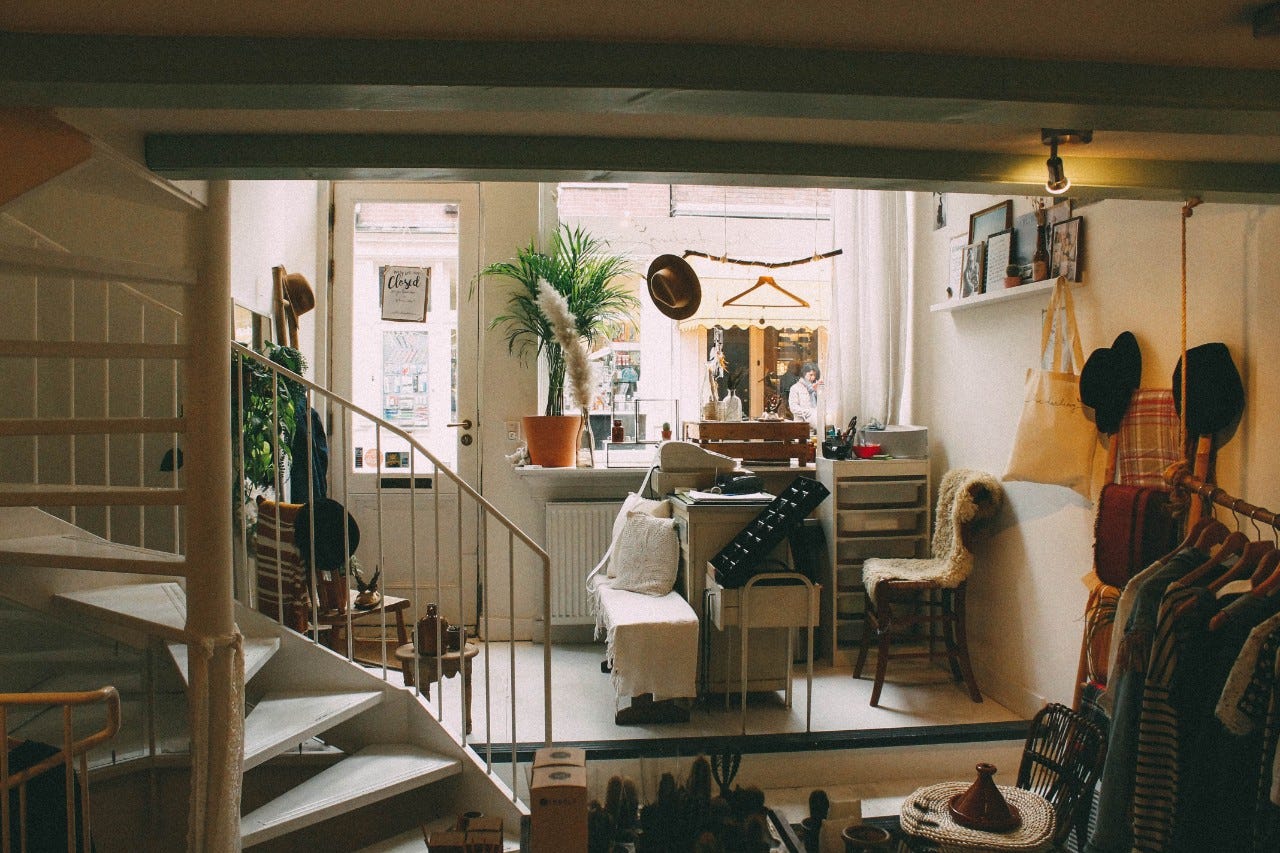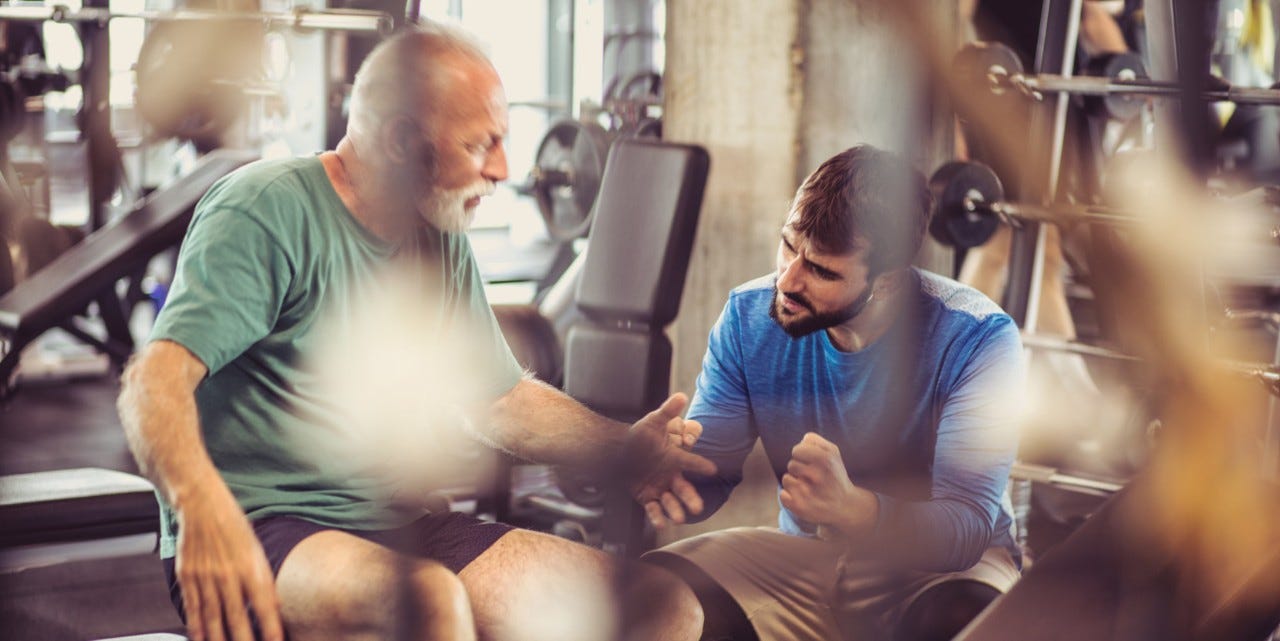The most important tips for fall prevention
Most falls happen at home, in the garden and during leisure activities. Find out how to recognize tripping hazards and how to avoid falls.

According to the Swiss Council for Accident Prevention (BFU), 300,000 Swiss men and women fall, trip or slip every year. 1100 people die as a result, 90% of whom are elderly. With the following tips from the BFU, you can recognize and eliminate risk factors in good time and go about your everyday life more safely:
Door thresholds, carpets, cables
- Dirt-trap carpets in entrances prevent doorsteps from becoming a stumbling block.
- Make a lot of carpet non-slip with anti-slip mats and tape the edges of the carpet with carpet tape.
- Supply a lot of loose cables in cable ducts.
Shower, bathroom, kitchen
- Non-slip rugs, anti-slip mats or anti-slip strips protect you from slipping.
- Grab rails for the shower and bath provide additional safety.
- Always wipe up spilled liquids immediately.
On the move
- Well-fitting, stable shoes with a good grip profile protect against accidents in wet, snowy and icy conditions.
From the height
Slippery steps or haste usually play the main role in falls from a height. Take your time and use a stable ladder even for small jobs.
Safety on the stairs
- Have damaged stair coverings repaired immediately.
- Improve the visibility of stair nosings with markings.
- Increase the safety of steps with anti-slip strips or a slip-resistant covering.
- Have stairs fitted with a stable handrail by a specialist from (in accordance with SIA standard 358).
- Illuminate stairs brightly, but without glare, and set timers so that the light stays on long enough.
- Stair railings should have a minimum height of 90 cm.
- To prevent children from slipping through railings, they must not have an opening with a diameter of more than 12 cm up to a height of 75 cm.
Working at height
- Use a ladder even for simple work. For major work, you should use scaffolding and, if possible, call in a specialist.
- Buy a good household ladder with wide steps, non-slip feet and decking and a knee-high safety bar on the top step.
- Do not position an extension ladder too steeply or too flat: the angle should be around 70 degrees.
- Open the two ladder sections of a fixed ladder up to the spreader stop. Do not use a fixed ladder as an extension ladder and dismount if the ladder is to be moved.


